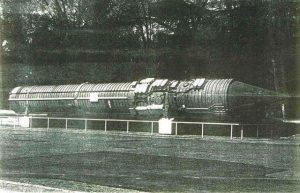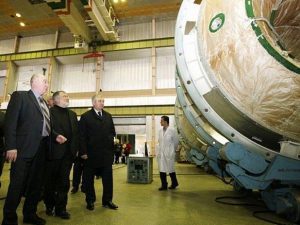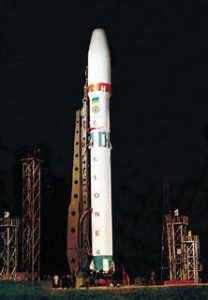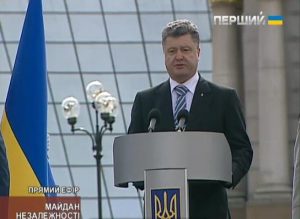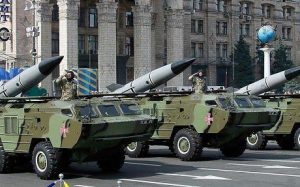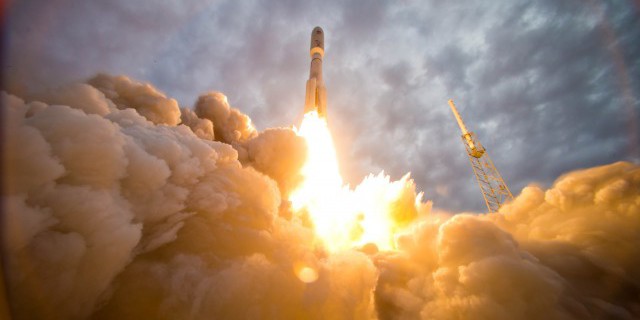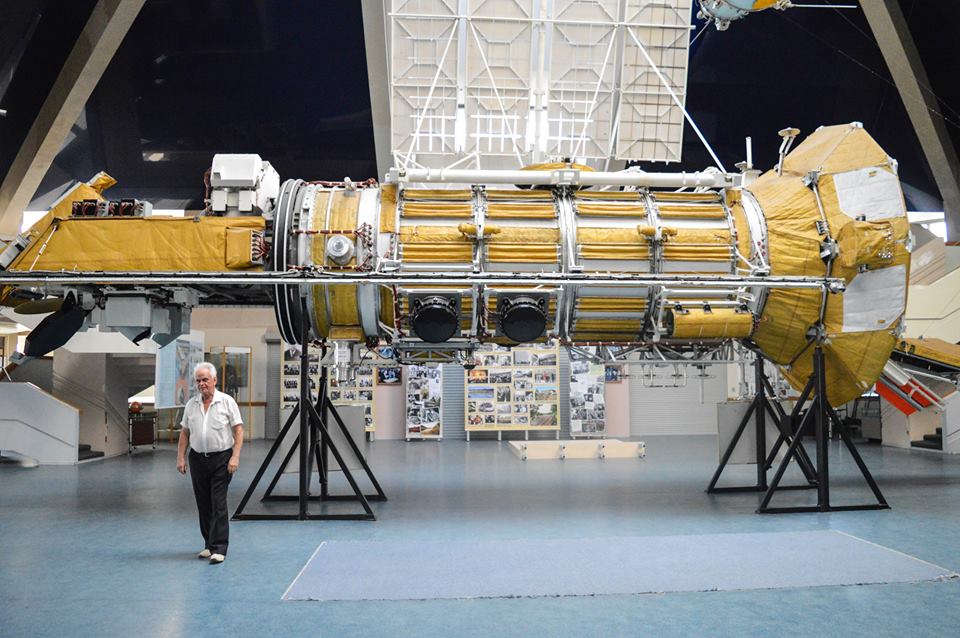The United States, EU and Russia are interdependent and interlinked in the space industry, and appear unlikely to end their cooperation till 2020. What implications does this have for Ukraine?
Recently, a scandalous article appeared in the Washington Post titled “Ukraine factories equip Russian military despite support for rebels” by Michael Birnbaum, WP Moscow bureau chief. The article was written with contributions from Russian colleagues. With considerable outrage, Birnbaum pointed out that Ukraine’s new leaders had vowed “to stop the flow of these defense products”, which include key parts for ship engines, advanced targeting technology for tanks, and upkeep for Russia’s heaviest nuclear missiles. Ukrainian President Petro Poroshenko back in June issued a presidential order to stop the export of defense products to Russia. But it has had little effect on the ground, where factory managers say they have not formally been told to halt their shipments.” To shed some light on the situation, we conducted some research in the press to find out whether this article appeared accidentally, or due to competition between high-tech arms defense producers, or as a maneuver to distract attention from US and EU high-tech companies still cooperating with Russia despite all the announced sanctions. Birnbaum correctly asserted that much is at stake. “Ukrainian defense plants do almost a billion dollars of business a year with Russia,” said Anton Mikhenko, a defense expert at the Kyiv-based Center for Army, Conversion and Disarmament Studies. Ukraine is the world’s eighth-largest defense exporter according to data from the Stockholm International Peace Research Institute. About 70 percent of Ukraine’s defense exports flow to Russia.” It did not take long to discover that Russia and the United States are continuing trade in rocket engines, as was reported by Reuters on August 20, 2014. Despite sanctions on a number of industry sectors, Russia continues to supply America with rocket engines. For example, two Russian-built rocket engines arrived in the United States on August 20 this year aboard a giant Antonov cargo plane, despite fears that tensions between the United States and Russia could disrupt the supply of engines needed to launch US satellites into space. As further detailed by Reuters: “Today [August 20, 2014], United Launch Alliance [ULA], a joint venture of Lockheed Martin and Boeing, received two RD-180 engines [manufactured by NPO Energomash, Khimki, Moskovskaya Oblast, Russia] at our factory in Decatur, Alabama, that will support critical near-term US missions,” said Jessica Rye, spokeswoman for ULA. As touched on above, ULA uses Russian engines to help launch a range of NASA and other governmental satellites into space. Rye said the deliveries occurred as scheduled, bringing the company’s current inventory of RD-180 engines to a total of 15. Three additional rockets are due to arrive this fall.
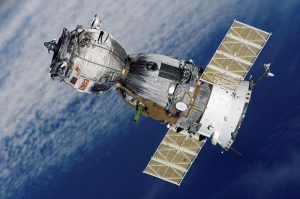
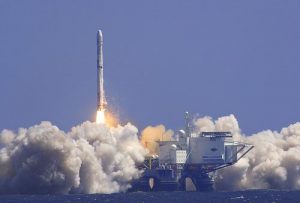
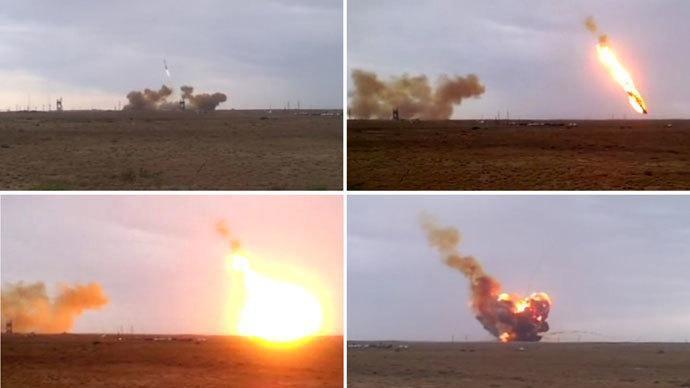



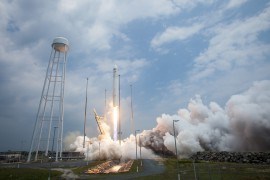
Trending Now



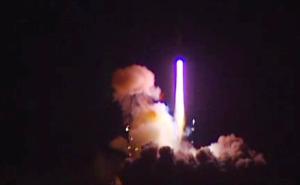
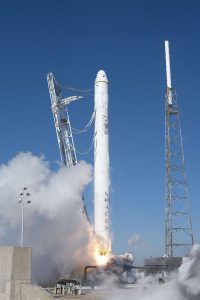
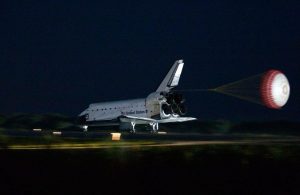

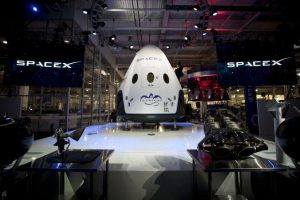
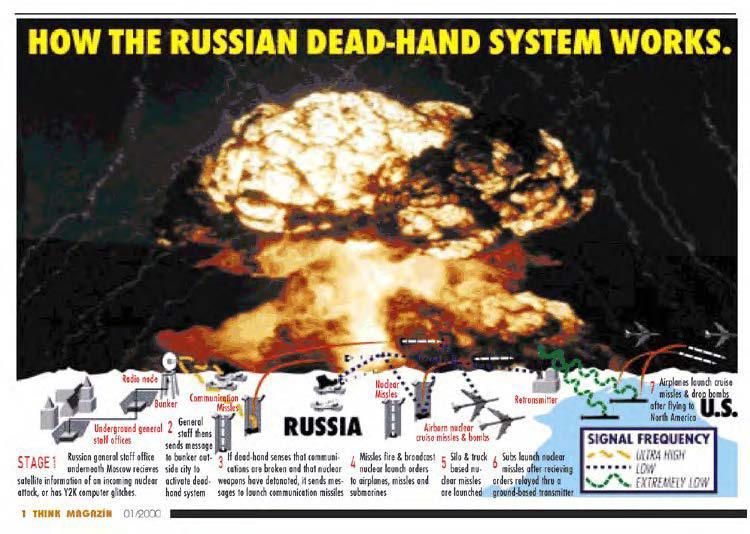
- System command posts, which contain necessary control equipment and communications;
- Command missiles, among them the 15A11, one of the most well-known missiles;
- Communication devices providing commands and code exchanges with command missiles;
- An autonomous control and command system–the most mythical component, the key element of the Doomsday;
- Machine, a complex system equipped with number of communication devices and sensors monitoring the combat environment (not confirmed to be operational at this time)
